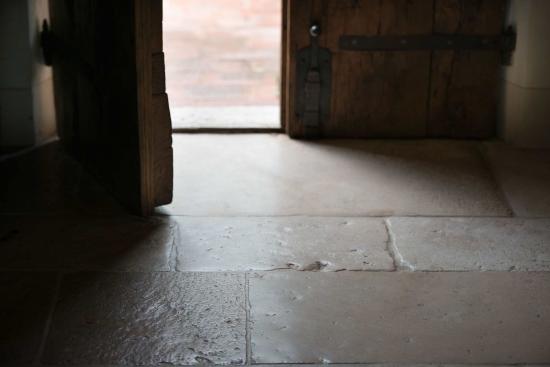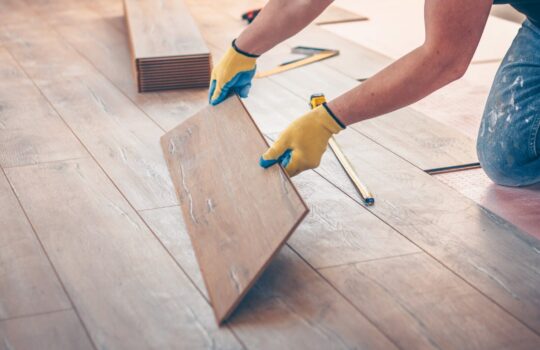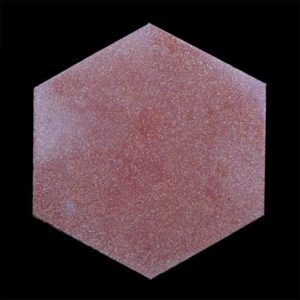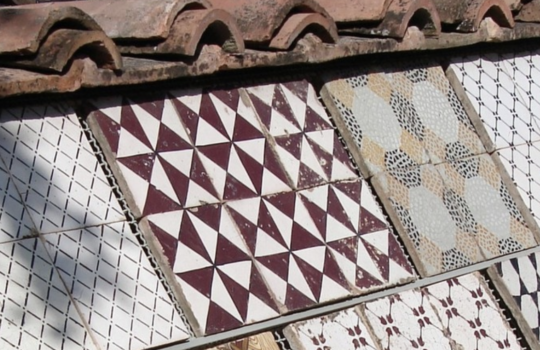Antique Floors: Timeless Charm to Preserve and Enhance
January 10 2020 2020-01-21 15:15Antique Floors: Timeless Charm to Preserve and Enhance

Antique Floors: Timeless Charm to Preserve and Enhance
Is it possible to recover antique floors and restore them to their former glory? How much could the restoration of an antique floor cost?
Tiles with a history, bearing the tread of decades, are skillfully selected and presented in “antique floors”: old flooring that still has much to offer. Our homes reflect elements of taste in which we have shaped the way to conceive and combine ancient and modern design elements.
Often, in old houses, one finds underfoot artwork waiting to be brought back to their ancient splendor. Before deciding to replace the antique floor of a house you want to renovate, you can contact an expert who can assess its condition and whether it can be recovered or not.
Typically, the antique floors most commonly found in old houses, especially in stately or high-bourgeois homes, are stone floors such as cement tiles, terracotta, and graniglia, often characterized by elaborate geometric designs, maintaining their unaltered charm and making one eager to work on them to restore their former beauty.
How to Proceed with the Recovery of an Antique Floor?
To restore a floor with antique tiles, terracotta, graniglia, or other stone floors to its splendor, there are several steps to follow, which are always better left to an expert to avoid damaging anything.
Firstly, it's necessary to check the integrity of the antique floor in question to understand its condition, how damaged it is, or whether it has suffered significant damage.
This evaluation will determine if the tiles just need a good deal of elbow grease and a nice polish to make them beautiful again, or if some of them need to be replaced. Subsequently, the stability of the tiles should be checked.
The second step in the complex work of recovering an antique floor is to verify its stability, i.e., ensuring that all the tiles are firmly attached to the ground. If only a few of them are wobbly, you can easily reattach them to the base. However, if most of the floor tiles are unstable, you might consider removing them all, leveling the base, and re-laying them.
While the first operation can be a DIY, the second must necessarily be entrusted to a professional.
Subsequently, it is necessary to grout the joints. Once the tiles are all stable and intact again, the next step is to apply grout between the gaps to close any holes.
Then come the final stages, the first of which is sanding: if the floor has particularly stubborn stains, from dirt too ingrained to be removed with washing, or from imperfections formed over the years, it may be necessary to sand it to remove the stains and return it to its original state. In this case, it is best to have the work done by a professional who can use the right tools to eliminate imperfections without damaging the floor. Finally, the antique floor needs to be cleaned and polished. If there are no particular problems, especially for antique floors found indoors, it may be sufficient to use specific detergents to restore the floor to its original state.
Even if the antique floor has been subjected to a sanding treatment, it still needs to be washed and polished with specific products.
Is it worth recovering an antique floor?
People often wonder whether it is worthwhile to recover an antique floor; industry professionals will be able to assess what type of interventions are needed for the floor of your home to be restored to its original appearance. Recovering an antique floor is often more convenient than removing the existing floor, preparing the base, and laying new tiles.
In conclusion, if you have purchased a house with antique floors worth recovering, contact a professional immediately and start work as soon as possible. The result will leave you amazed!
Trust RA-MA, we will know how to meet your expectations!
The surface patina of the era's decorations and solid colors, besides protecting the floor from dirt, imparts a unique aspect to the tiles, typical of the style that distinguishes this type of material. The laying solutions of ancient materials and their proposed use are unlimited as they can be combined with new materials, always respecting the aesthetic and technical canons of the past.
A wide choice of selected materials, both new and reclaimed, to create splendid layouts that recall the ancient way of paving: stones, terracotta, parquet, majolica, graniglia, marble, travertine; with our suggestions, you will surely find what you need.






